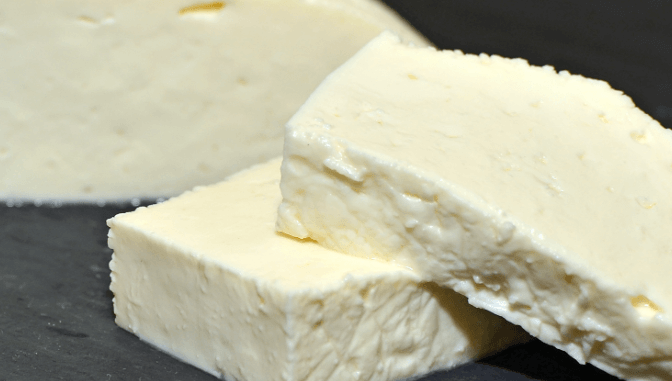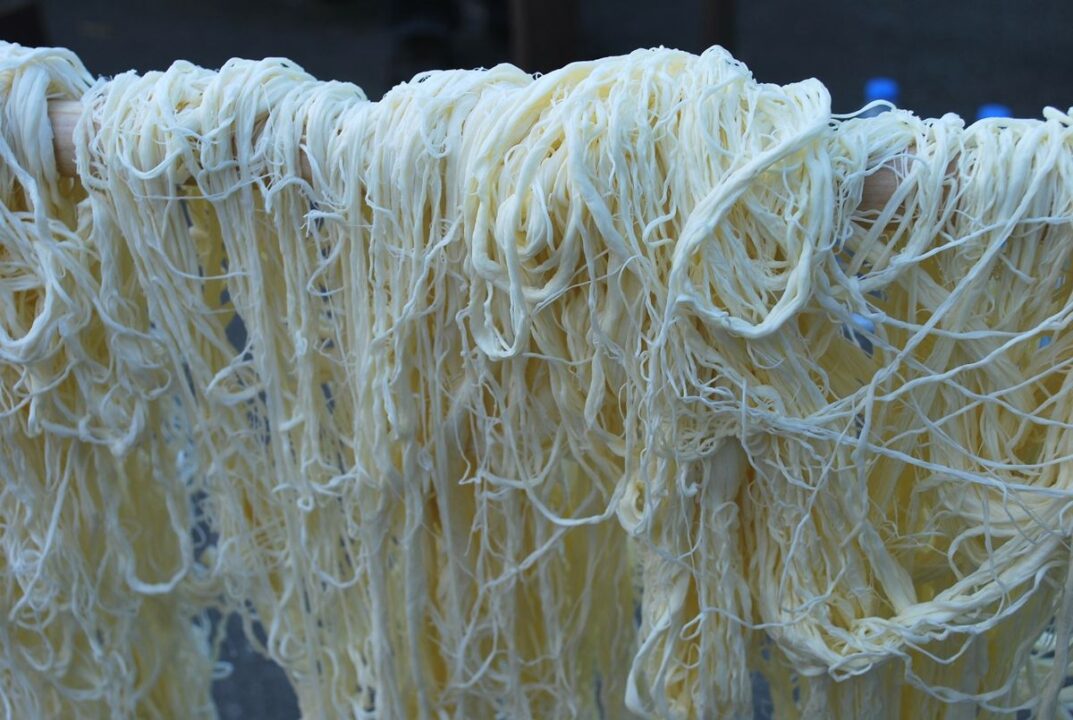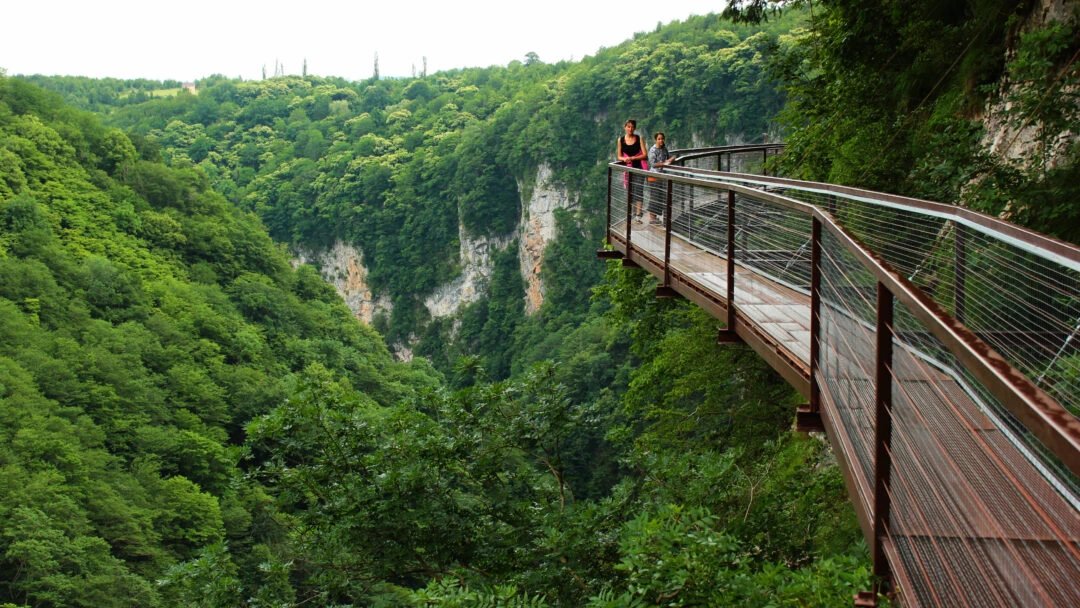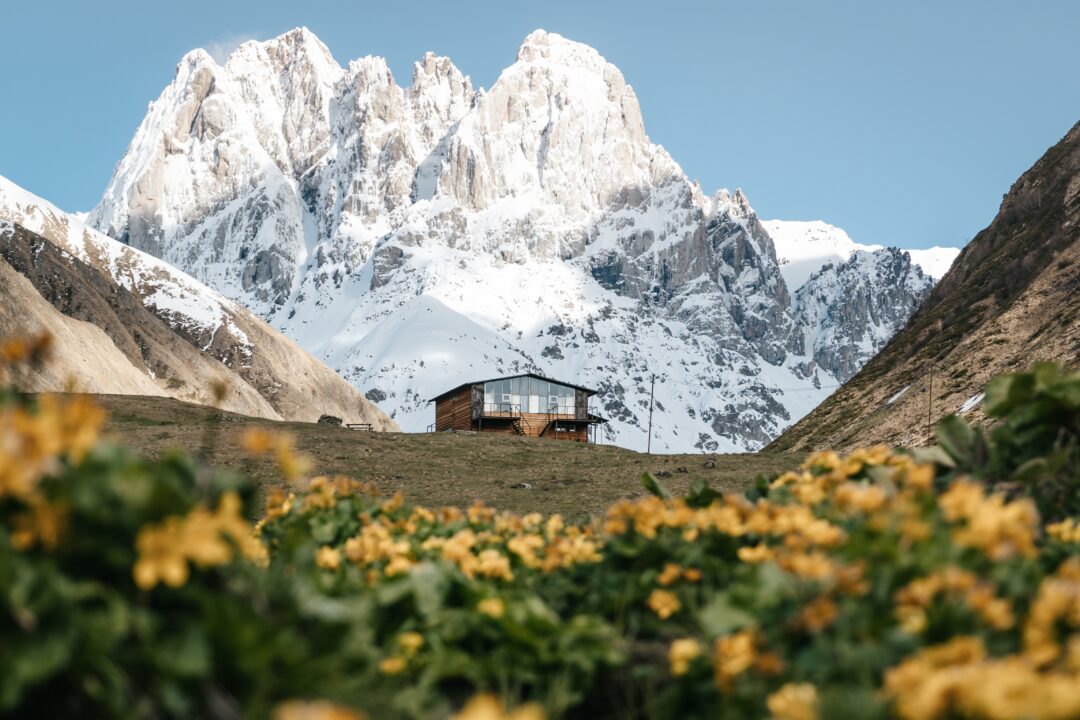Georgian Cheese: Exploring the Richness of Tradition and Variety
No Georgian feast would ever be complete without a good portion of Georgian cheese, be it fresh and soft such as Sulguni and Imeruli or Gouda – a hard mountain cheese made with sheep’s milk, traditionally aged in sheepskin. Most Georgians would admit, that while they can easily omit meat from their diet- as they often do during the lent observed by many Georgians these days – going off cheese tends to be much harder. A simple fare of Georgian salad and Lobio – bean stew, typically a poor man’s meal, may not be much in itself, but add Sulguni – a full fat, calcium-rich cheese soaked in milky brine – and you’ve got a Georgian feast.
Charles de Gaulle – French president once famously remarked, that it’s impossible to govern a nation that has developed 246 varieties of cheese. While we, the Georgians are not bad as the French, we’d like to think our individually is well expressed in medley of Georgian cheese. So is it less or more? Or less is more?
According to Ana Mikadze-Chikvaidze – founder of the Georgian Cheese Association who now runs her own cheese farm – Teleti, near Tbilisi – it’s impossible to name the exact number. “It could be anywhere from 80 up to 150 or more – she says – I have personally found 32 varieties, well lost and done with, had I not found them”.
The fall of Soviet Union, followed by the proclamation of Georgian independence saw the return of national identity, resurrection of religious practice, but also the revival of Georgian traditional wine and culinary past. According to Ana, a lot of it has been lost to the industrialisation of farming in the Soviet Era. Today, Teleti produces 53 lines – from semi-soft varieties, like Sulguni to hard, such as Calt – mountain cheese from Tusheti – which is essentially a dry ricotta. Curiously, when aged properly, Calt acquires a sharp and distinctive, parmesan-like taste.

Photo Source: Archeo Tour
The 53 varieties offered by Teleti alone, might be too many to take on during one visit, unless the discovery of Georgian cheese is the main purpose of the visit. Even then, it might not be so easy to find the full range all at once. Thus, it is comforting to know that an official number held by the Ministry of Agriculture of registered cheese varieties in Georgia is much less – only 14.
Most Georgians have probably tried half of that. New fromageries have mushroomed in the city, but to average Tbilissians – a new cheesemonger’s shop is just another fancy shop with a slightly peculiar, funny name – most often beyond their reach. So, where does one start and which cheese?

Photo Source: Georgian Journal
Sulguni, a mozzarella-like semi-soft cheese made with whole cow’s milk is an absolute leader. It is normally white, but can come in slightly yellow, depending on the animal diet. Sulguni is best served fresh, on the day it’s made, as its high moisture content doesn’t survive well the refrigeration. The best Sulguni is made in Svaneti – Georgia’s most sacred alpine region. When Sulguni is smoked it takes a slightly brownish, hard coating. Smoked sulguni is often eaten with Gomi – a staple food from Samegrelo – Georgia’s most savory West.
Probably, the most popular cheese in Georgia is Imeruli – as the name suggests from Imereti, also a western region. Imeruli is a brined curd white cheese, which develops a porous bubbles, if properly made. When fresh and unsalted, Imeruli is stringy and chewy – a light and airy accompaniment to a salad or a summer’s meal. When aged (normally in rectangular blocks or round heads) it develops a slightly grainy texture and sour taste – just like – Feta – it’s distant cousin from Greece. At an industrial level, Imeruli becomes Karkhunli, which literaly translates as a Factory Cheese. Some chedarised versions or Karkhnuli are the best, definitely worth a shot.

Photo Source: Archeotour
While people talk about their belonging to Sulguni or Imeruli Club, everyone would agree that, among the hard cheeses Gouda is the prime choice – a most refined, pungent Georgian cheese par excellence. As already introduced, Gouda is made sheep’s milk in Tusheti – a picturesque mountainous region, where sheep comes in abundance. Traditionally, Gouda used to be aged in bag made with sheep’s skin (Gouda simply means a sack in Georgian) with inside turned out, that’s rght – wool in full contact with the cheese. But over the recent years – a plastic bag has replaced this crude method of aging, probably as old as the Golden Fleece. The only trouble with Gouda nowadays is that it tends to be excessively salty – which kills all the flavour. So if that’s the case, avoid eating it, it’s not worth getting all that salt into your system.

Photo Source: Georgian Journal
This basically sums up the introduction into Georgian Cheese. If you’d like to take your palette further you can explore Chogi – mountain cheese made from a whole sheep’s milk in the high season summer period, or Tenili – a cheese from Samktskhe-Javakheti, Georgia’s south west region, which resembles a fine threads or a trendy blonde wig. Then there is Chechili, which looks like a tightly woven rope or a fancy braid and it is hung to age. And then, there is a cheese aged in honey or Saperavi – finest Georgian red wine variety. Finally, the Sumac Cheese from Teleti, which comes in a raw linen coating. A dry Sumac fruits spread out inside the cheese texture look like a scattered pieces of a crimson bead become undone. Thus, the heart of this cheese is red and white, just like the colours of the Georgian flag – a soaring symbol of Georgian independence. ◆
Most wine bars would feature some sort of cheese or most often a cheese platter in the menu. It’s a fun way to try cheese with wine (or vice versa) and we highly recommend doing so in 8,000 Vintages – a wine bar and shop in the center of Tbilisi.
We created Memo — a brand where Georgian memories come to life.
Visit Memo By GSH and take a piece of Georgia with you – Www.memories.ge







